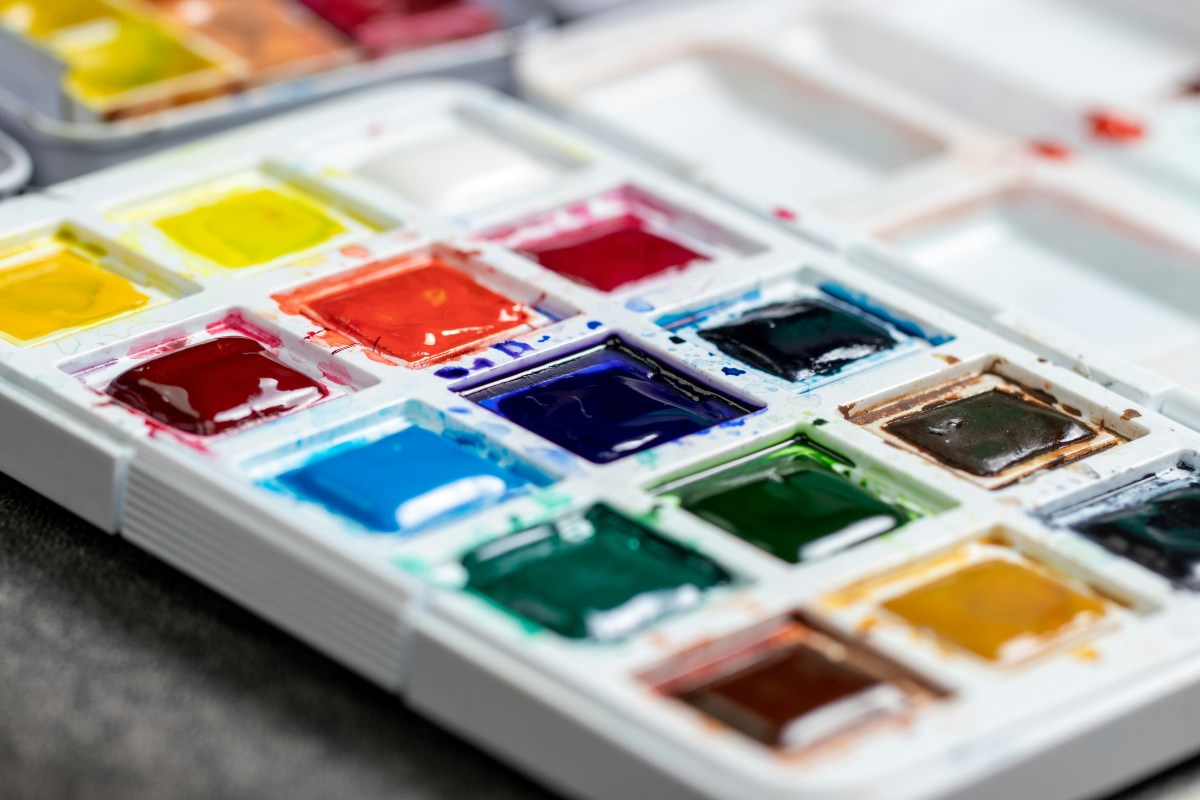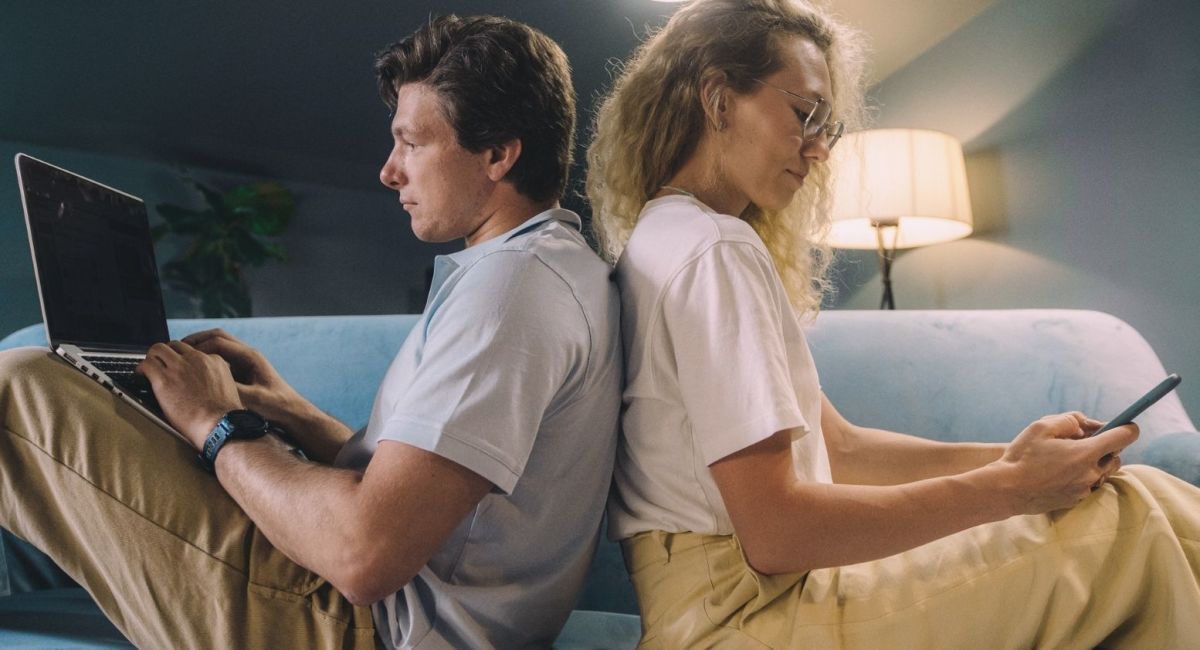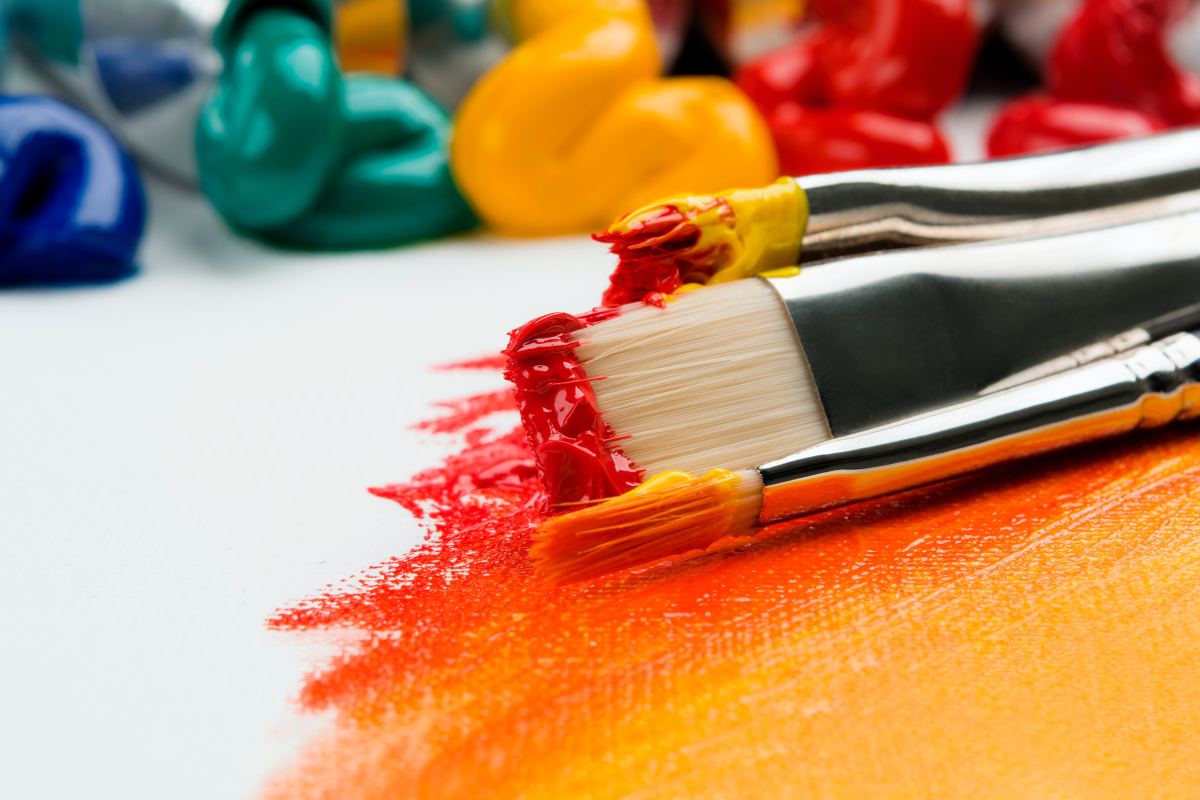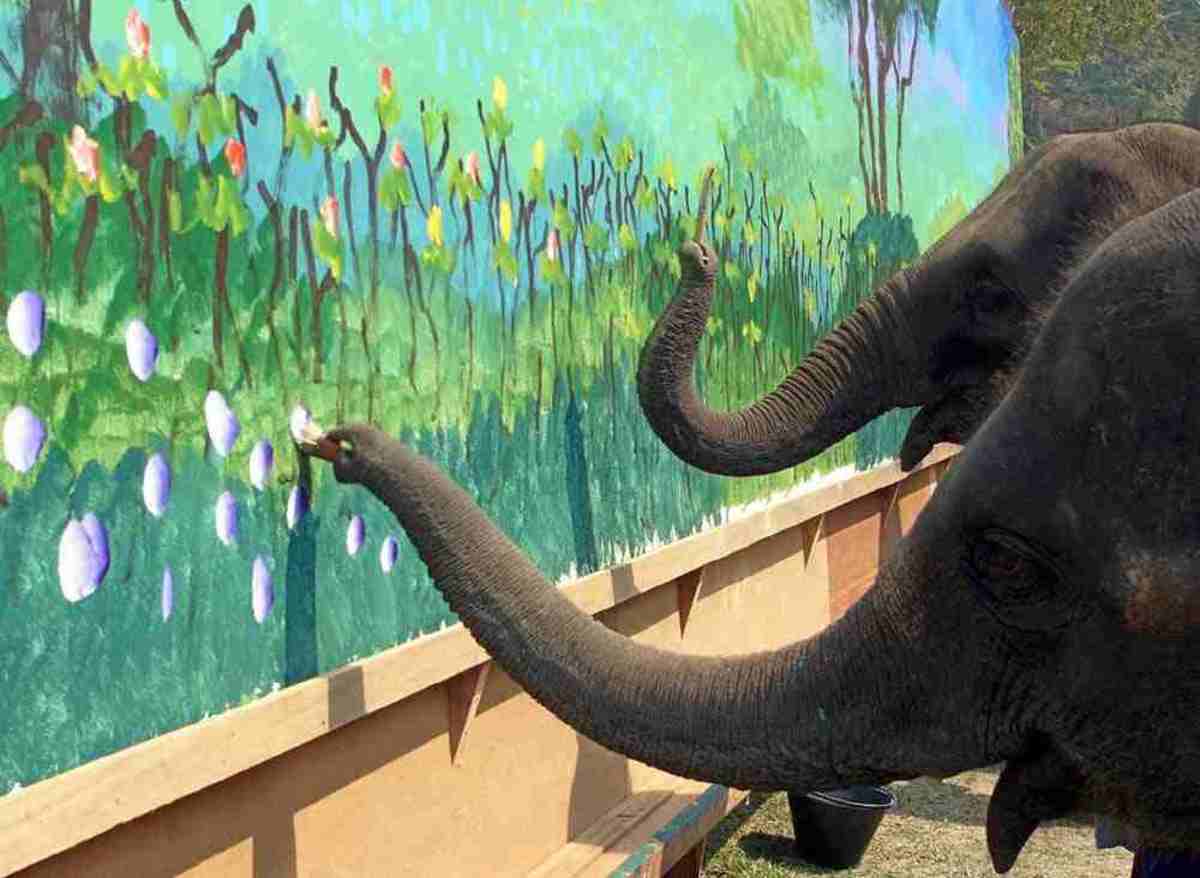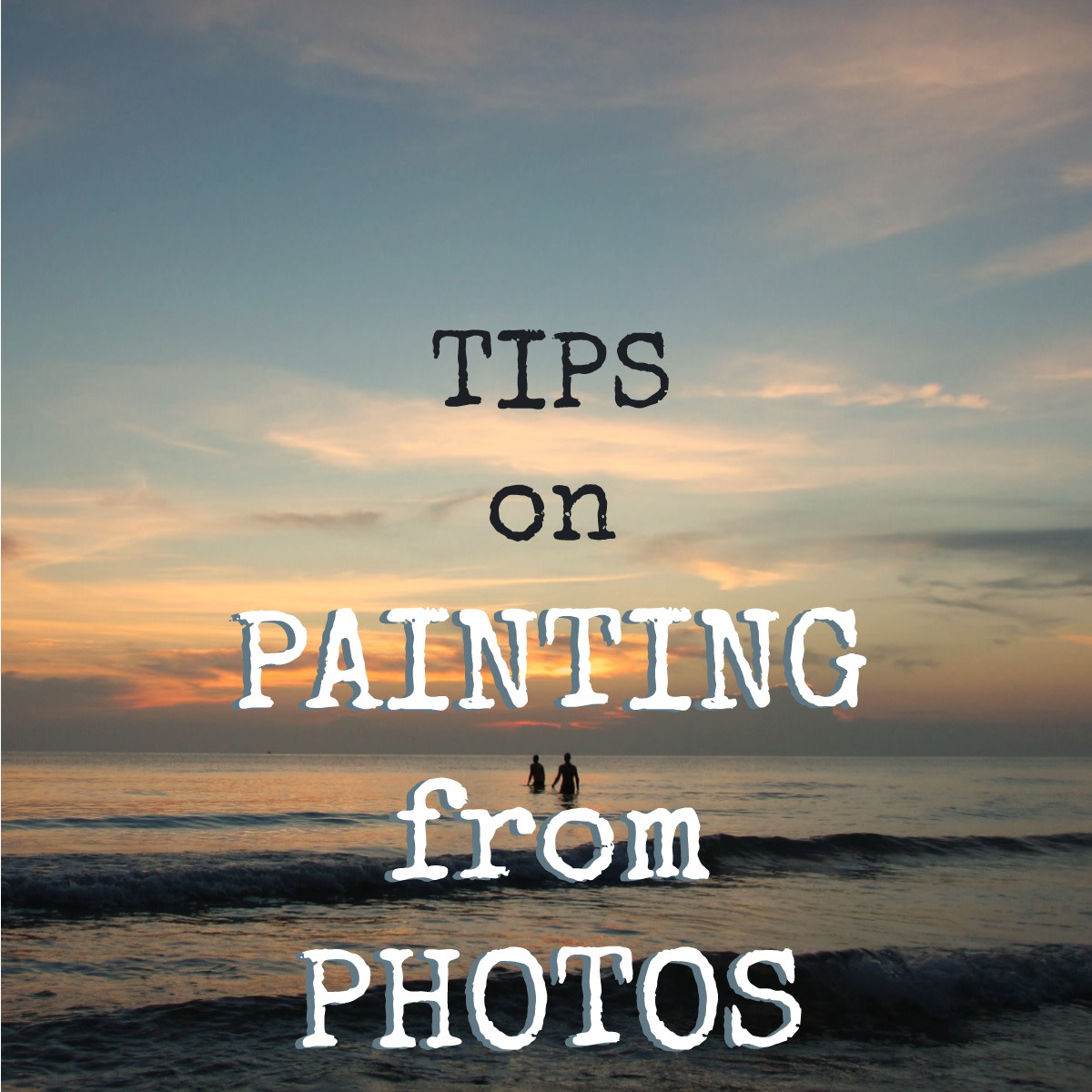The Power of Art
ART THERAPY: ART AS HEALING
The use of art has always been used for self-expression and to convey ideas and emotions that are difficult to describe verbally. Its potential as a therapeutic tool became apparent after World War 2 when survivors of the war used art in hospitals and rehabilitation centres to help to overcome the traumas they had experienced. Art is a non-verbal way of revealing deeper emotions that may not otherwise be clearly expressed. People are encouraged to express themselves freely through art, allowing a link between the subconscious and the conscious. The resulting images can help to bring to light any suppressed emotions or conflicts. Reflecting on the images can help to understand and deal with the issues that arise. Art is also used as a tool for personal growth and greater self-understanding. The act of creating the artwork is therapeutic in itself and allows the artist to understand their own inner conflicts and emotions without any interpretation from the outside. Art is often used in hospitals, prisons, education centres and mental health clinics and is suitable for people of all ages. It is especially beneficial for emotional and psychological disorders as it provides a means of communication to express feelings that are too difficult to put into words. It is also of great use for personal development and growth by helping to identify problem areas and then transform negative images into positive ones. This approach is particularly effective in working with adults suffering from psychosomatic illness; artists and other extraordinarily creative people who may be somewhat isolated in their creativity; those who are anxious, depressed, emotionally blocked, or socially inhibited; and young people prone to violence against others or themselves.
BEYOND ART THERAPY: ART EMPOWERMENT
But Art Therapy is not enough because it sees art as simply a diagnostic tool for diagnosing disease and “curing” people. Once the person is “cured”, its job is finished - the person is sent back into society to lead a normal, ordinary life. We see art as providing an ongoing process of rejuvenation and growth. We are not interested in the ordinary but in helping people be extraordinary. Where art therapy encourages art as an individual activity, we encourage it as both individual and as a group endeavour. The key lies in the power of art, not as therapy or recreation, but as a critical means of articulate and creative self-expression.
At some point in their lives, most people will find themselves overwhelmed by the intensity of their emotions which are difficult to face either by themselves or with others. Only a small number will be so unable to cope that they will come before an Art Therapist. The rest of us will limp along as best we can living lives of quiet desparation. Art offers an opportunity to explore these intense or painful thoughts and feelings in a supportive environment. It involves using a wide variety of art materials (like paints, clay and batik) to create a visual representation of thought and feelings. To become more integrated, we need to engage both the verbal and non-verbal intelligence, both rational thinking and intuitive knowing. Art can tap into non-verbal expression. Art Empowerment enables the person to break through the barriers to self-expression using simple art materials. The process of creating art invites a person to enter into an authentic relationship with themselves, their environment, and their culture. It is the art process, which serves as the true teacher and leads the way to greater personal understanding. Art Empowerment provides creative opportunities for the person, a safe environment for self-discovery, and therapeutic reflection and intervention throughout the session. One of the great advantages of Art Empowerment is that it fosters the use of both sides of the brain. The nonverbal art expression is primarily a right brain process; while the verbal processing and writing come predominantly from the left brain language centers. The benefit of this is that Art Empowerment engages people who may be unable to access healing and growth through more traditional left brain methods.
Through creating art and reflecting on the art products and processes people can:
- Explore inner issues on a personal level
- Express strong and sometimes sensitive or destructive feelings.
- Enhance communication between individuals, groups or professional teams.
- Explore change.
- Overcome difficulties with written and verbal communication.
- Instil confidence and promote life enhancing change
- Increase awareness of self and others
- Cope with feelings of low self-esteem
- Develop techniques for managing stress and anxiety
- Access their true emotions and discover new areas of themselves
- Process and learn from traumatic experiences
- Learn problem-solving strategies
- Manage stress and anxiety.
- Enhance self-confidence
- Build on personal strengths
- Improve overall creativity
- Experience success
- Improve visual-spatial processing and eye-hand coordination
- Enhance decision-making ability and autonomy
- Increase fine motor skills
- Improve tactile processing
- And, of course, enjoy the life-affirming pleasures of creating art
But Art Empowerment does not stop there. We aim, through the universal language of art, to create a meaningful and enduring dialogue among diverse peoples, cultures, and world views in order to encourage tolerance and solidarity and to foster education as a human right; to promote cultural diversity and minority cultures by fostering mutual understanding among individuals and groups of diverse gender, race, faiths and origins.
Using art to reconnect people to themselves, to each other and to nature; preventing and treating disease, healing illness, and promoting health; and encouraging people from all walks of life to awaken to the understanding that creative acts of reverence and gratitude to the earth are effective in increasing earth productivity and decreasing earth toxicity.
Finally, art is a fun and effective way for people to develop high levels of self-esteem and become more confident in all that they do. When a person feels good and secure about who they are, it makes a positive difference in everything they do.
ART AND DISABILITY
Sadly conventional methods of artistic expression are methods of exclusion. For example, if you want to play the violin, you must first have the ability to move your arms, wrists and fingers in a controlled manner and then you must dedicate many years to its practice in a positive, nurturing environment. If any of these things are missing, then you can forget it. This has meant that artistic expression has been beyond many (if not most) people because of physical, mental and/or social restrictions. For example, if you cannot hold a paint brush, painting is almost impossible; or if you have trouble controlling your limbs, playing the piano becomes a real challenge. Modern technology can come to the rescue. Not only is advances in software making it easy to work with conventional forms of artistic expression, but new forms of hardware and software are making it possible to express yourself in completely new ways. For example:
- With graphics pads and touch screens, you no longer need fine motor control skills to “paint” electronically.
- A very old musical instrument called the Firman is coming back into fashion in leaps and bounds. It is sensitive to the electromagnetic fields of the human body and you “play” it by moving around it.
- Electronic sensors can be put into shoes so that as people tap dance, the various signals get sent to a computer and turned into drum beats or guitar chords or even voices singing so that dance becomes music.
In reality, we have no idea how art is going to be revolutionised by these simple devices that are already in existence; nor do we know what new devices may be around the corner. One thing is sure though: these new devices will be inclusive - bringing more and more people into the arena of authentic artistic expression
The environment will be open to anyone who believes that working with art can be a helpful, therapeutic and creative resource in their work setting. Its purpose will be to:
- Develop social skills like leadership through training
- Develop a sense of responsibility to society
- Develop the value of co-operation in solving problems arising from the production of artistic endeavours
- Develop a sense of increased community and camaraderie
- Provide a springboard for a career in artistic fields
The creative arts include art, dance/movement, drama, music and writing. These creative processes foster health, communication, and expression; promote the integration of physical, emotional, cognitive, and social functioning; enhance self-awareness; and facilitate change.


